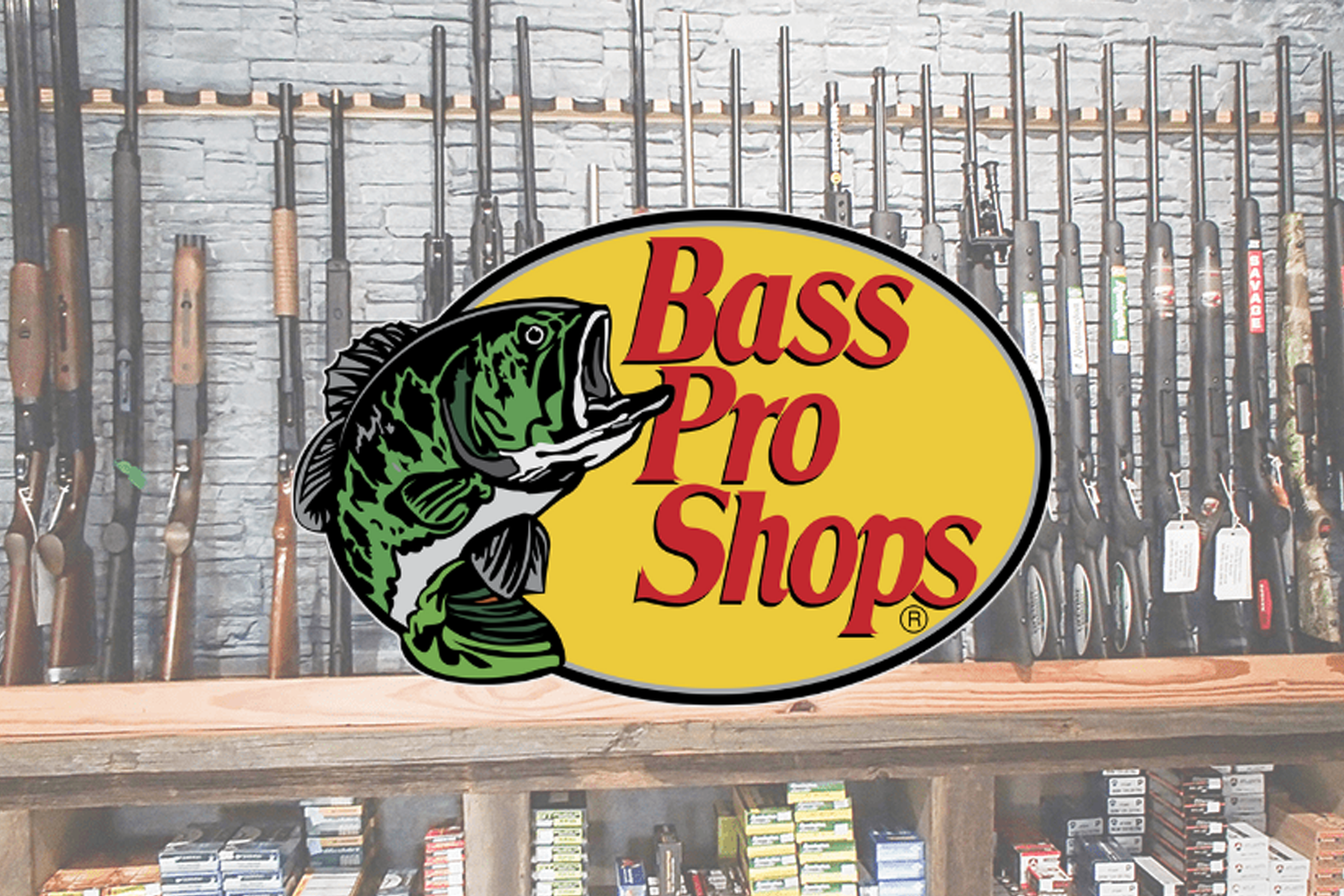In late September, Ottawa announced an official gun buyback pilot program in Nova Scotia — the first step toward removing more than 2,500 models of legally purchased, now-prohibited firearms from licensed Canadian gun owners.
The “assault-style” rifle ban and buyback program are all a part of a five-year long response to the 2020 Nova Scotia mass shooting from the Liberal government. On May 1, 2020, the federal government banned over 1,500 models of “assault-style” rifles — a list that has since continued to grow. In 2024, the government launched a business-focused buyback program that ran until 2025, collecting around 12,000 prohibited firearms and paying over $22 million in compensation.
Since the initial ban, Ottawa has implemented a national amnesty for legal gun owners of newly prohibited firearms. The amnesty allows owners to keep their firearms temporarily — provided they are safely stored and not used — until the buyback program launches. It was meant to give gun owners time to comply with the new law by turning in, deactivating or waiting to surrender their firearms without facing criminal charges. The amnesty has been extended several times as the federal government has delayed implementation of any consumer buyback programs. Once the amnesty expires, continued possession of prohibited firearms will become a criminal offence under the Criminal Code of Canada.
Public Safety Minister Gary Anandasangaree caught controversy with the introduction of the ban after a Toronto Star report revealed a tape conversation in which he appeared to doubt the program’s effectiveness, saying he would approach the issue differently. Anandasangaree later clarified in an interview with CTV that he stands behind the initiative. His original remarks highlight the uncertainty surrounding the program’s future, effectiveness and cost.
The federal government has yet to release updated numbers on how many firearms are affected or the full price tag for the compensation program. A 2021 Parliamentary Budget Officer report estimated between 150,000 and 518,000 firearms would qualify for the program, before the prohibited list was amended in 2024 and 2025 to reflect the additional firearms added. The same report projected costs between $47 million and $756 million excluding administrative costs for enforcement storage and destruction. The Fraser Institute has suggested that altogether the ban and buyback program could cost taxpayers between $4 billion and $6 billion.
A source from the Silverdale Gun Club in Niagara expressed concern that gun owners will be ripped off, and that their firearms will be undervalued in the process.
Complicating matters further, several major agencies and institutions have distanced themselves from the firearm prohibition and buyback program. The Ontario government has said that it will not divert police funding toward confiscations; CBC reported that Canada Post will not assist with collection; and as early as 2020, the RCMP labour union — representing 20,000 individuals — publicly opposed aiding in mass confiscations. These signals make it clear that the buyback faces significant operational challenges even before its national rollout.
The federal government maintains that the buyback and prohibition are designed “to make our communities safer, vibrant, and more inclusive by taking ‘assault-style’ firearms off our streets and compensating owners and businesses.”
Critics argue that the policy fails to address the real source of gun violence. Canadians with a Possession and Acquisition license (PAL) account for only a tiny fraction of firearm related crime. Most gun crime involves illegally obtained firearms. Statistics Canada reports that firearm related crimes rose by 10 per cent between 2020 and 2022, from 12,600 incidents to 13,900. Firearm homicides have not decreased since the 2020 ban, suggesting that legally owned firearms are not the driving force behind Canada’s gun violence, so banning them may not increase public safety.
The Nova Scotia pilot program will run for six weeks, with Ottawa planning a three-stage national rollout earlier next year. Local gun owners in the Niagara Region remain skeptical. The Silverdale source emphasized that, with the extensive safety precautions already in place with Canada’s firearm system, “PAL holders undergo comprehensive background checks when obtaining their license and whenever they buy ammunition.”
“Canadians who own guns are law abiding citizens,” she said, noting that the 2020 ban has conceited with a rise in gun license applications and that Canadians are worried about the future of gun ownership in Canada.
Having worked at Silverdale for 55 years, the source said the range welcomes between 15,000 and 25,000 visitors annually and enforces strict safety standards, adding that “not one person has ever lost their temper while on range.” She questioned the federal classification of many ban rifles as “assault-rifles,” explaining that many are semi-automatic hunting rifles used by Canadians for generations. These rifles ensure when Canadians go hunting, they can do so ethically and with as little harm to the animal as possible.
When asked if any changes could make her more willing to participate in the buyback program, her answer was firm. “No changes in the buyback program would make me want to participate.”
Ottawa continues to frame the buyback as essential to public safety. The lack of clarity on cost, operational support and measurable outcomes to public safety raises doubts. As opposition mounts among provinces, police organizations and gun owners alike, many critics argue the program as a costly and ineffective piece of legislation carried over from past administrations — one that burdens law-abiding Canadians while failing to address the illegal gun trade driving firearm-related crime in this country.

